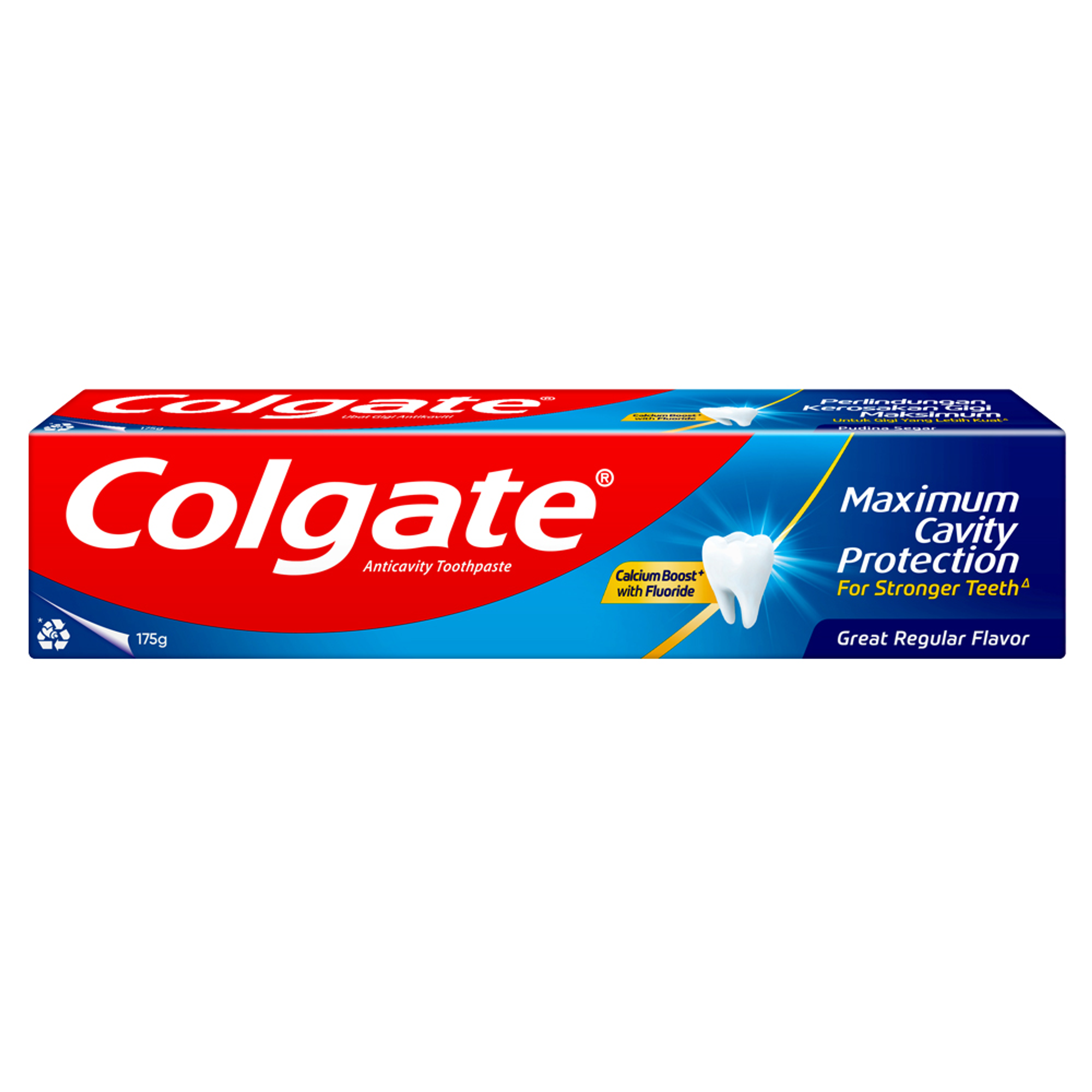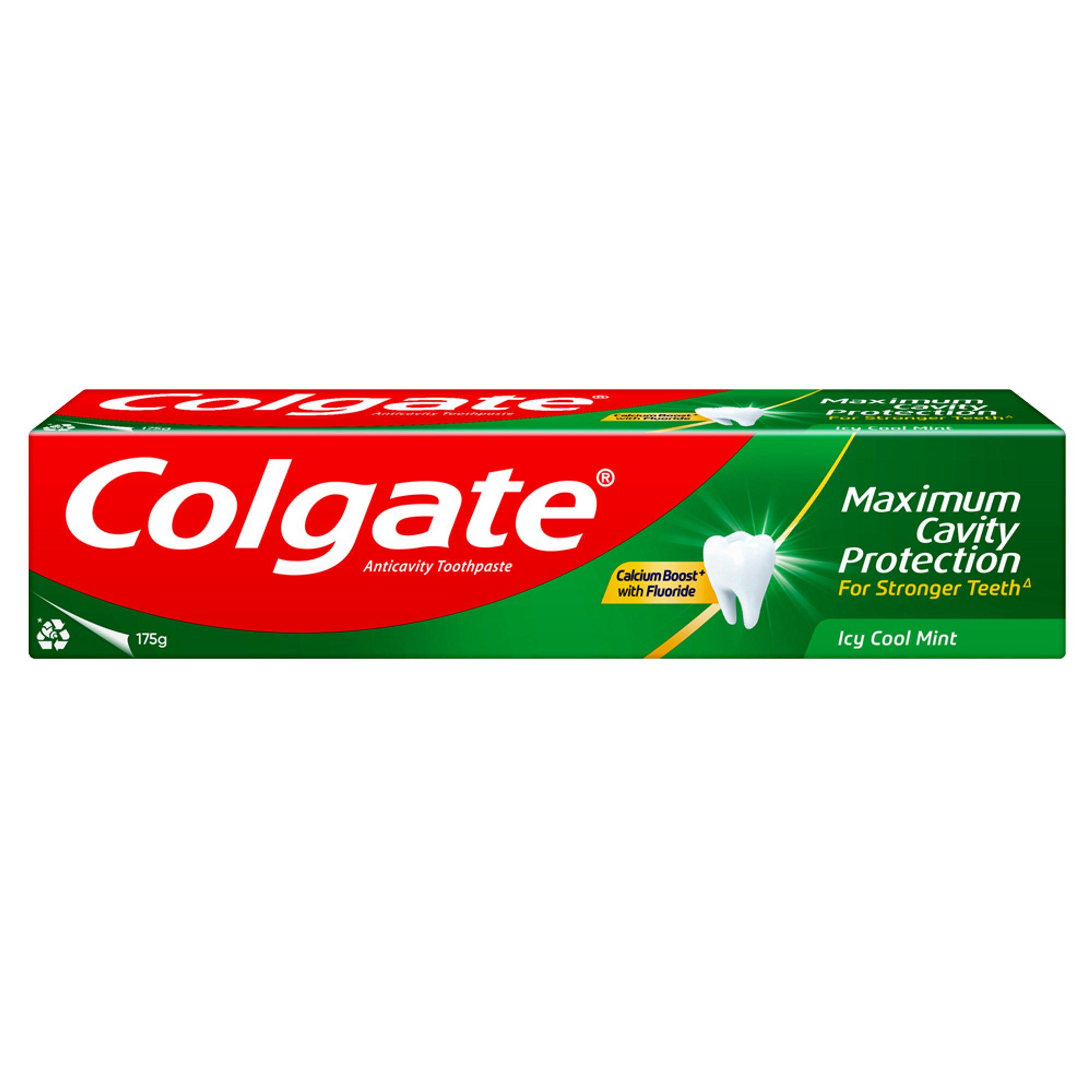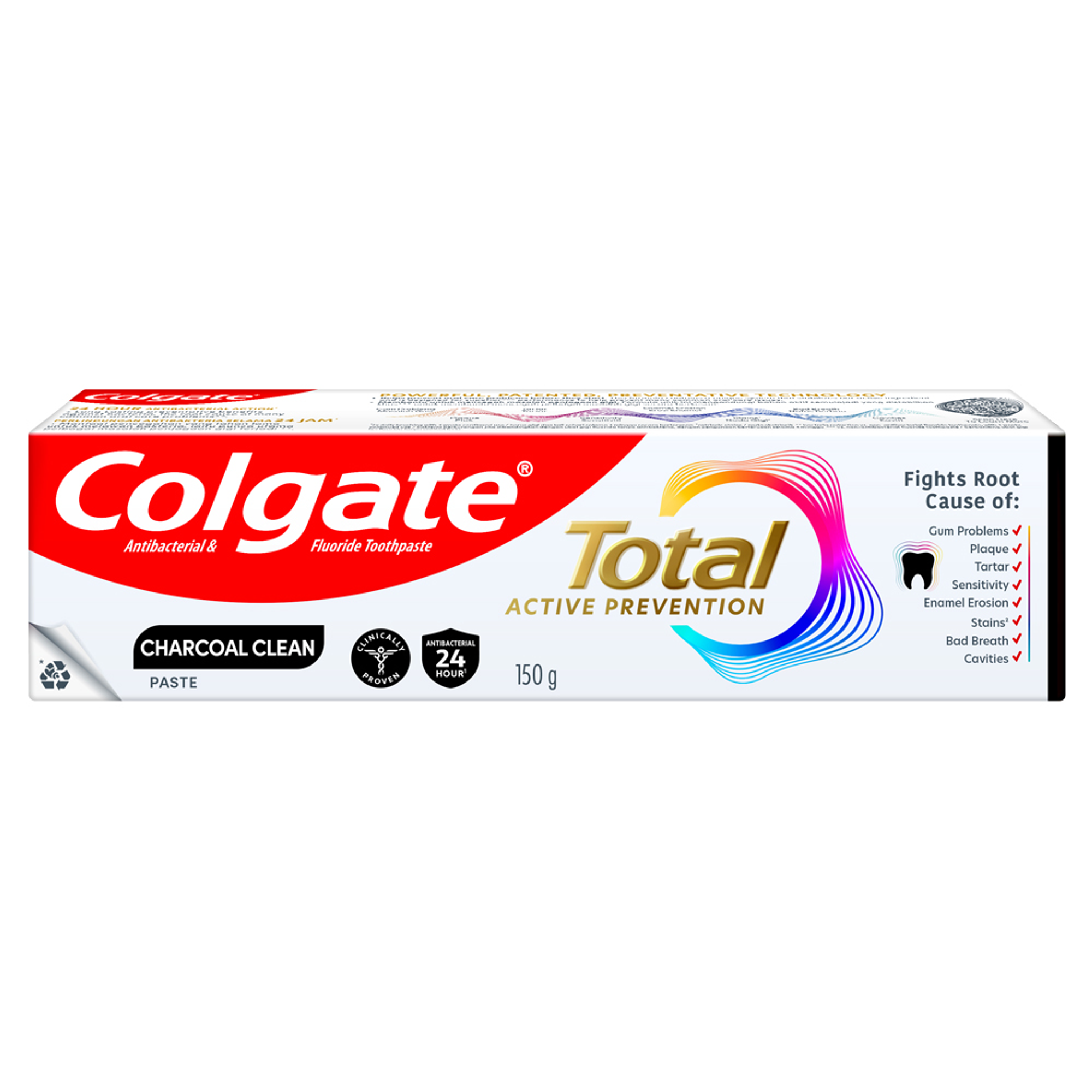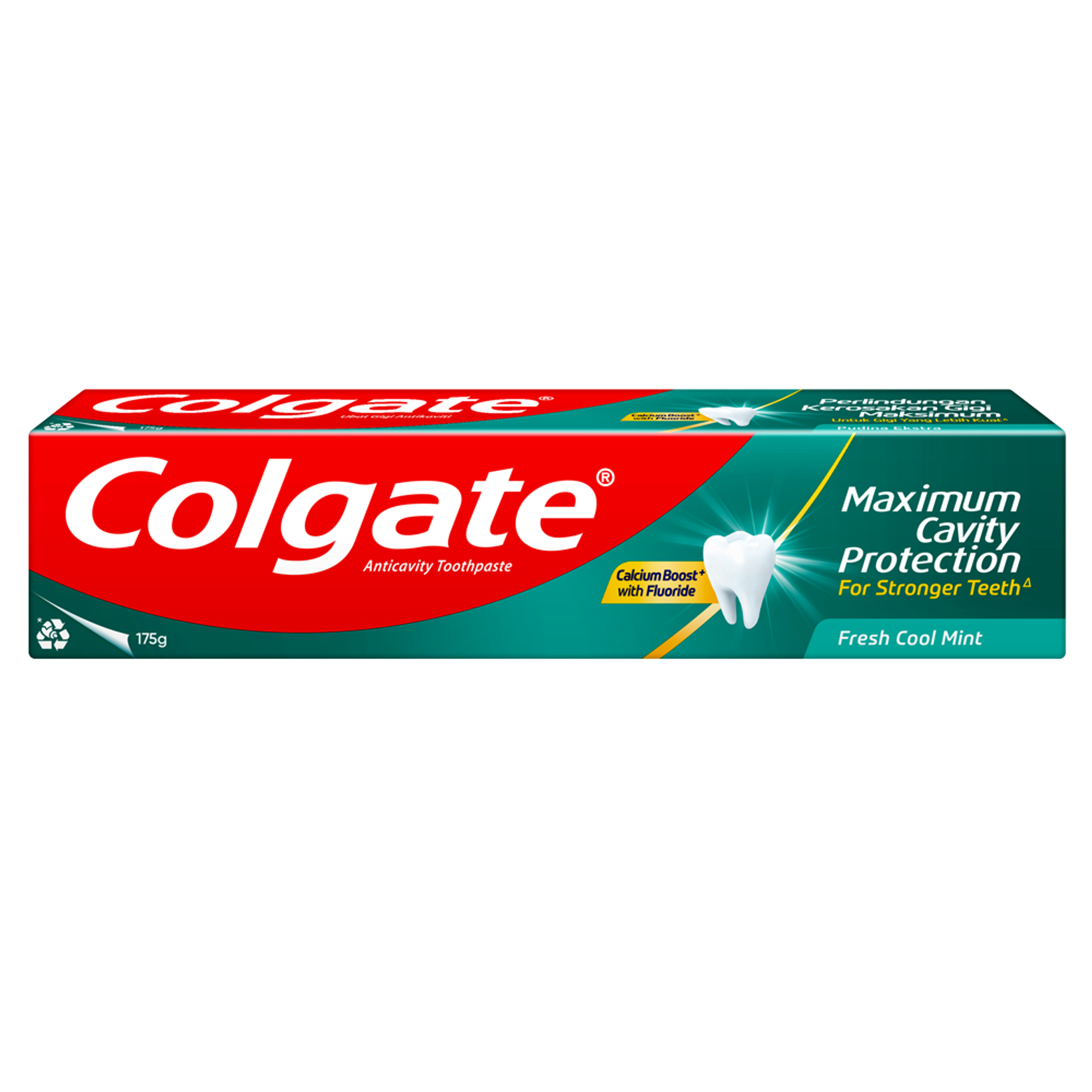What is Teeth Bleaching?
When we talk about teeth bleaching, we mean using stronger bleaching agents to lighten the natural colour of the teeth beyond their original shade. It is different from removing surface stains alone because it targets both extrinsic and intrinsic stains.
People often ask about teeth bleaching cost, which depends on whether you choose at-home kits or professional treatments at a dental clinic. Another common question is how long does teeth bleaching last, and the answer usually ranges from several months to a few years, depending on oral hygiene and lifestyle.
Many people wonder about teeth whitening vs bleaching, especially when searching for tips on how to make teeth white. Whitening usually targets surface stains and restores your teeth to their natural shade, while bleaching goes deeper and changes the actual colour of the tooth itself.
Teeth whitening: It helps remove stains caused by foods, drinks, or tobacco. It includes options like whitening toothpaste, special mouthwashes, or professional polishing performed by dental professionals. Teeth brightening falls under whitening and simply refreshes the existing tooth shade for a cleaner look.
Teeth bleaching: It uses stronger agents, such as hydrogen peroxide, to lighten the natural shade of teeth, creating a more noticeable transformation.
The key difference is that teeth whitening restores what is natural, while teeth bleaching alters the natural tooth colour for a brighter result.
Common Causes of Tooth Discolouration
Tooth discolouration is a common concern and can result from multiple external and internal factors. While some stains are temporary and caused by lifestyle habits, others develop deeper within the tooth structure and are harder to manage. Understanding these causes helps in choosing the right oral care practices and treatments to maintain a bright, healthy smile.
Extrinsic stains: Caused by pigmented foods and drinks like coffee, tea, red wine, and dark sauces that leave residue on enamel.
Intrinsic stains: Develop within the dentin due to ageing, dental trauma, excessive fluoride, or certain medications.
Poor oral hygiene: Irregular brushing and flossing allow plaque and tartar to build up, leading to dull or yellow teeth.
Smoking and tobacco use: Nicotine and tar particles cause persistent yellow or brown stains that are difficult to remove.
Dietary habits: Stain-causing foods such as berries, curry, and sauces can gradually alter tooth colour.
Medical factors: Conditions or treatments like chemotherapy may also contribute to tooth discolouration.

Instantly colour-corrects yellow tones^
^For temporary efficacy
Main Types of Teeth Bleaching Methods
There are several options for achieving a brighter smile, and choosing the best way to bleach teeth depends on your goals, budget, and oral health. Common types of teeth bleaching include professional treatments at a dental practice, home teeth bleaching kits, and natural approaches. Each method uses different bleaching products and comes with unique benefits and risks.
Professional teeth bleaching is usually performed in a dental clinic, where a dental professional carefully applies a whitening gel with a high concentration of peroxide. This process, also known as in-office bleaching teeth, often uses light or laser activation to enhance the oxidation process and improve results.
During the in-office teeth whitening procedure, the active ingredient works through the tooth enamel, targeting both intrinsic stains and extrinsic stains. Patients often notice much whiter teeth within a short period of time. Since the whitening process is carried out in a controlled environment, the chances of side effects such as gum irritation or tooth sensitivity are usually reduced.
For convenience, many people prefer at-home whitening using teeth whitening bleach products. Options include bleaching teeth at home with a home teeth bleaching kit, whitening strips, or whitening kits with a custom tray. Many people try over-the-counter teeth whitening products such as whitening strips or whitening toothpaste, but the results are often less dramatic compared to professional treatments.
Some try DIY teeth bleaching, but experts warn about risks if not supervised properly. These products contain lower concentrations of peroxide than professional systems, meaning the whitening process takes longer. Still, for those who want to bleach teeth at home, these solutions can deliver good results over a period of time if paired with good oral hygiene.
Some people look for ways to bleach teeth naturally, turning to popular options like baking soda, activated charcoal, or oil pulling. These remedies may reduce surface stains, but they are generally less effective than peroxide-based teeth whitening treatments and can only give temporary results. Since certain natural methods can be abrasive on the tooth enamel, it is important to be cautious. For example, baking soda and its whitening effects are often discussed, but consulting a dentist before trying such approaches is the safest choice.
Key Benefits of Teeth Bleaching
A major benefit of bleaching is achieving a brighter, healthier-looking smile. Treatments like internal bleaching tooth procedures can even address discolouration in teeth that have undergone root canals. Beyond appearance, patients often report feeling more confident in both social and professional settings. When performed correctly, bleaching can safely improve oral health by encouraging people to practice good oral hygiene, including brushing, flossing, and regular check-ups.
Risks and Side Effects of Teeth Bleaching
Like any dental procedure, bleaching carries certain risks. The most common is teeth bleaching sensitivity, which often affects people with sensitive teeth or thin enamel. Some may also experience gum irritation if the bleaching gel touches soft tissues. A frequent concern is whether you can bleach your teeth with braces, since the gel cannot reach areas covered by brackets, leading to uneven whitening.
Those with veneers, fillings, or other restorations should note that bleaching does not change the colour of these materials, which may require replacement to match the new shade. Another common issue is teeth sensitivity after whitening, which can usually be managed with fluoride products, desensitising toothpaste, or guidance from dental professionals to ensure safe and comfortable results.
How to Maintain Whiter Teeth After Bleaching
After a bleaching treatment, lifestyle habits play a huge role in maintaining white teeth. Avoiding tooth-staining foods and drinks is key, and knowing the foods to avoid after teeth bleaching helps results last longer. Smoking and frequent coffee or red wine consumption can quickly dull whitened teeth due to deposits that can develop on the surface of the teeth. Brushing twice daily with a soft-bristle toothbrush and fluoride toothpaste or other whitening agents helps maintain a bright smile after bleaching.
Using home remedies for bleaching teeth, brushing with fluoride toothpaste, and rinsing with mouthwash can also support results. Regular flossing and professional dental treatments further help maintain the effects of whitening. Simple steps like improving your oral hygiene and following tips on maintaining newly whitened smile can make your whitening results last much longer.
When to See a Dental Professional
It is important to consult a dentist if you are considering a bleaching treatment for teeth, especially if you have existing dental issues. A teeth bleaching service offered by a licensed dental professional ensures safety and effectiveness. Visiting a dental clinic allows for a full exam to check for cavities, gum disease, or other concerns before treatment begins. This ensures that your whitening solution is appropriate and reduces the risk of complications.
Teeth bleaching thus offers a reliable way to achieve a brighter, more confident smile. Whether you choose in-office treatments or home teeth bleaching, results depend on your lifestyle, oral hygiene, and the type of treatment selected. With many teeth whitening options available, it is important to consult a dental professional to choose the method that suits your needs best. When paired with good oral hygiene, teeth bleaching can deliver lasting results and help maintain natural teeth that look and feel healthier.
Frequently Asked Questions
Is it good to bleach your teeth?
When done correctly under professional guidance, tooth bleaching is safe and effective. It helps remove stains, brightens natural teeth, and improves your overall appearance.How long does teeth bleaching last?
Results typically last 6 months to 3 years, depending on your habits, diet, and oral care. Lifestyle factors such as smoking, coffee, or red wine may shorten results.How much does it cost to bleach your teeth in Malaysia?
Teeth bleaching cost varies based on the method. Professional in-office treatments are more expensive but provide faster results, while home kits are cheaper but take longer.How many times should I bleach my teeth?
Most dentists suggest whitening once or twice a year. Overuse of bleaching products can weaken tooth enamel and cause sensitivity, so follow your dentist’s advice.














